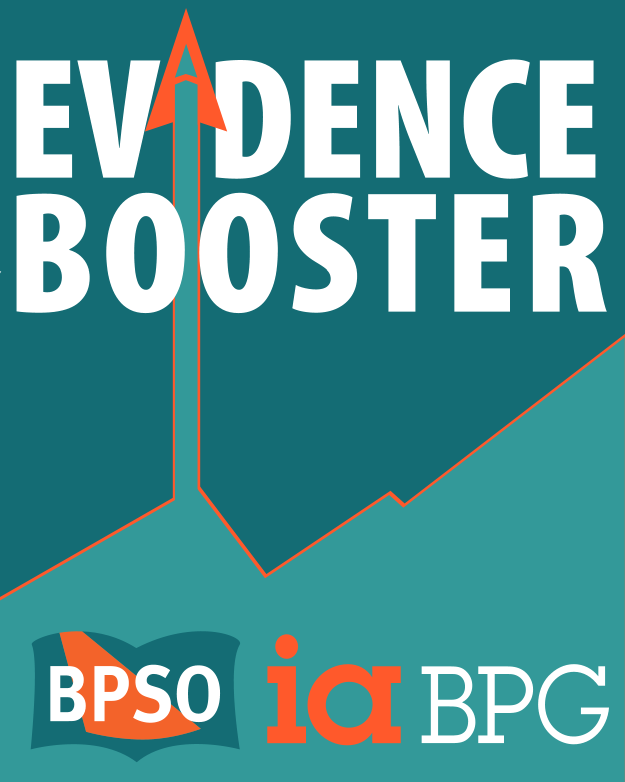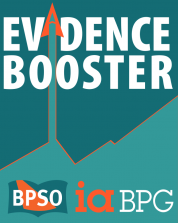
Evidence Boosters
RNAO Evidence Boosters are two-page infographics that demonstrate the impact of evidence-based practice implementation using Nursing Quality Indicators for Reporting and Evaluation® (NQuIRE®) data. They showcase Best Practice Spotlight Organization® success stories on implementation strategies, practice and policy changes, and health outcomes.
Evidence Boosters allow organizations to share implementation and evaluation information with executives, managers and front-line staff to highlight the effects of best practice guidelines using NQuIRE data.
Nurses and other health providers have a central role to play in reducing these expenditures by leading and evaluating evidence-based falls prevention initiatives.
The aim of this Evidence Booster is to examine changes in health outcomes associated with the implementation of RNAO's best practice guidelines (BPG) Prevention of Falls and Fall Injuries in the Older Adult and Preventing Falls and Reducing Injury from Falls.
Nestled in the rural community of Millbrook is Centennial Place Long-Term Care (LTC) home with 128 residents.
In 2010, the global economic impact of dental diseases amounted to US$442 billion. Across OECD countries, 5% (average) of total health expenditures originate from treatment of oral diseases. Recent findings suggest oral diseases account for productivity losses of over $1 billion per year in Canada alone.1 Improvements in oral health would result in substantial economic benefits by reducing treatment costs and by decreasing productivity losses in the labour market.
Approximately 1.53 million Ontarians are living with diabetes and between 16,600 and 27,600 may develop a diabetic foot ulcer (DFU). The direct health-care costs for DFU are between $320 to $400 million and indirect costs are between $35 to $60 million. Offloading devices (devices that relieve pressure) have demonstrated substantial cost savings. An offloading device can cost between $100 (removable cast walker) to $1,500 (total contact casting), as opposed to $70,000 per amputation. The estimated cost savings for Ontario is between $48 to $75 million per year due to saved limbs.
Highland Wood is a non-profit 30-bed long-term care home, and is attached to the Haliburton Highland Health Services in the Central East Local Health Integration Network. Michelle Douglas, the director of care (DOC) reflected on influenza season as being a difficult time for both residents and families when visitors are limited during an outbreak.
Two days of Professional Skills training were provided annually for registered staff. Internal and external experts supported the training, including the RNAO LTC Best Practice Coordinator.
To examine changes in care processes associated with the implementation of the RNAO BPG Screening for Delirium, Dementia and Depression in Older Adults (2010) in two Ontario hospital Best Practice Spotlight Organizations® (BPSO®).
In Canada, approximately half of the population is living with at least one chronic condition and more than one in four is diagnosed with two or more chronic conditions.1 The costs associated with lost productivity and health care expenditures is more than CAD $90 billion. Due to inflation that cost has risen to over $97.8 billion (in 2018). Self-management supports and strategies are vital to the health and well-being for persons living with chronic condition(s).
The "Bill George" is a 20-bed long-term care (LTC) home located in Sioux Lookout, which is one of the most northern LTC home in Ontario. Many residents are of indigenous background and are non-English speaking. The home's goal is to respect and recognize cultural and language diversity through the integration of traditional and modern medical practices. In 2016, the Bill George began a three-year partnership with RNAO as a LTC Best Practice Spotlight Organization® (LTC-BPSO®) pre-designate and committed to implement five best practice guidelines (BPG) across the entire home focusing on falls, continence, oral health, pressure injuries and pain.

